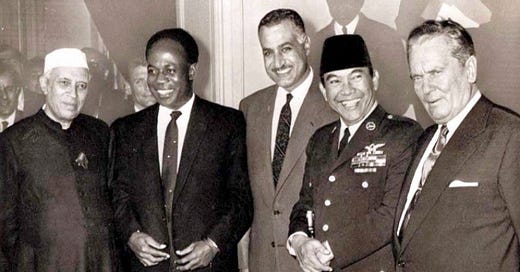The Construction of a Pluripolar World
The neocolonized peoples seek cooperation and mutually beneficial trade
We are increasingly aware today that a multipolar or pluripolar world is emerging, challenging the unilateral direction of the world-system by the United States. In my last commentary, I discussed the recent turn of Türkiye (Turkey) from an uneasy member of the North Atlantic alliance to a participant in the construction of a pluripolar world (“Türkiye looks toward a new world order: An alternative, more just, pluripolar world-system under construction,” December 6, 2022). I defined the emerging pluipolar world as “an alternative world-system with different structures and norms, in which states have a certain degree of economic autonomy in the context of worldwide economic connections; and in which each region (pole) has its own culture, without negating its embracing of universal principles that are the foundation of the world-system, such as the right of all nations to sovereignty, and the right of all peoples and nations to development.”
In today’s commentary, I discuss …


